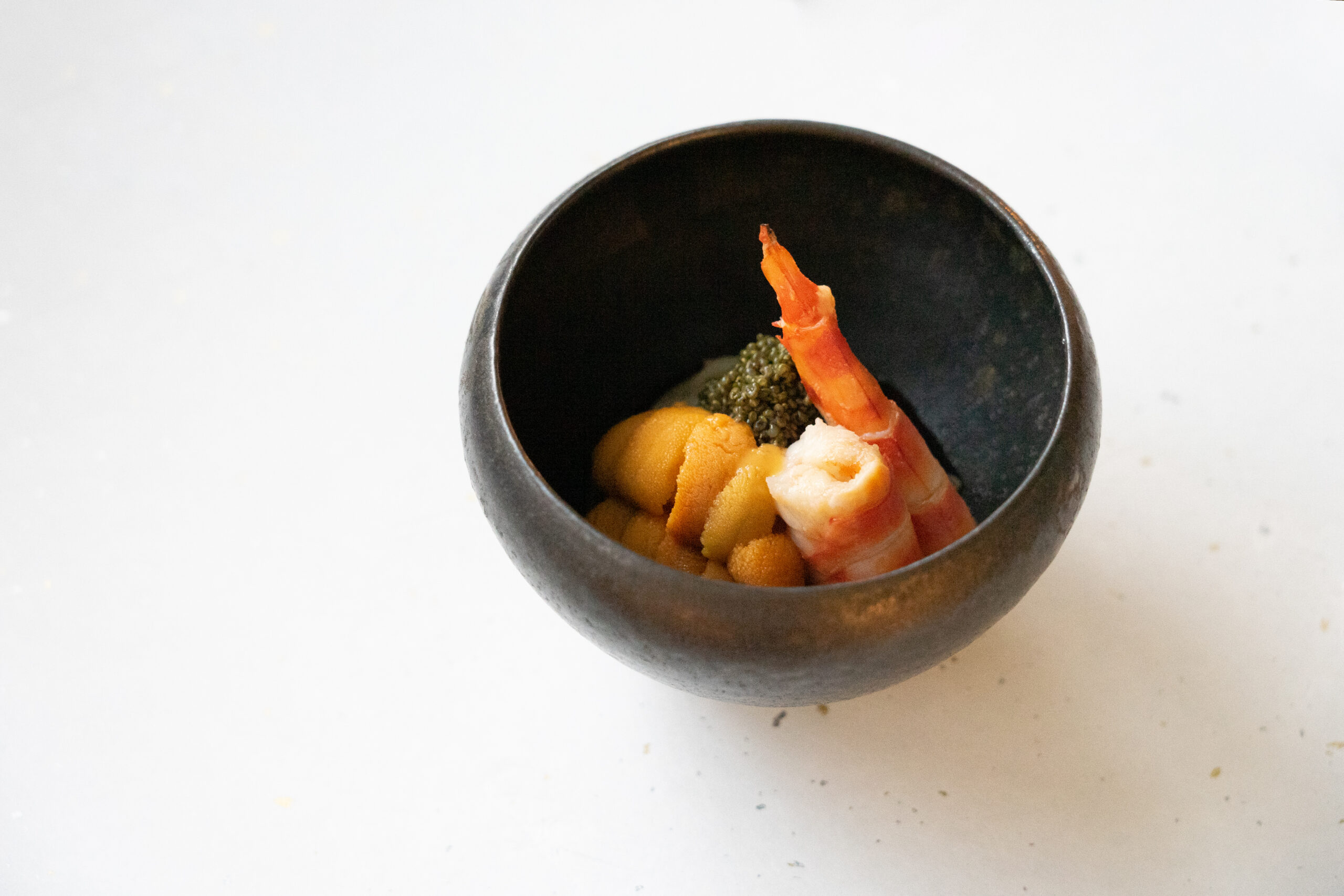In the world of crafts, there is an expression, “Itten-mono,” which refers to something of which only one exists in the world. The term “one-of-a-kind” is often used to describe the work of craft artists, and collectors visit the exhibitions of various artists in order to encounter the one-of-a-kind pieces that speak to them.
One-of-a-kind items have always fascinated collectors, but to tell the truth, a “one-of-a-kind” craft is very difficult to define. Many works of art, such as paintings and sculptures, are truly one-of-a-kind pieces that are created only once in a lifetime. The fact that they are one-of-a-kind increases their value, and popular works of art can be bought and sold at a high price. On the other hand, in the case of handicrafts, they are basically used in daily life and are typically made in a certain quantity. Even in the case of something like the Yohen Tenmoku tea bowl, which is a national treasure, it is impossible to determine whether it was a truly singular one-of-a-kind item, and there is still the possibility that the same design was fired in large quantities during that time period.
For example, let’s say a Shigaraki ware artist uses the same clay and a wood-fired kiln to make a tea bowl. If it is made with a potter’s wheel, the degree of freedom of the shape increases, and with the addition of the yohen (unpredictable effects that manifest on pottery in the kiln during firing), each bowl will be a one-and-only piece of work. However, as hundreds or thousands of pieces are made, some may be created that appear similar to some viewers. In this case, the boundary of what constitutes a one-of-a-kind work becomes very vague. In the case of crafts, a clearly one-of-a-kind piece may be too unique to fit into our daily lives. A one-of-a-kind piece with more ambiguity may be more suitable for daily life.
I think that even such ‘ambiguous one-of-a-kind’ crafts may still be like a beautiful sunset. In life, although we see similar-appearing sunsets many times, each one is shaped on a given day by various factors such as the climate, wind, and light at that time. They may look similar, but they are not the same, and every view is just a moment in time. If we think of one-of-a-kind crafts in this way, we may see them a little differently. The scenery can be beautiful or not, depending on how the viewer feels at the time. Even a sunset with a special color can be invisible when you are looking down. It is the same with handicrafts, and it is up to the sensibilities of the person to decide how they feel about the value of an ‘ambiguous one-of-a-kind’ item.
Not only crafts, but haute couture, which refers to custom-made clothing, is also persistently popular, and it seems that our modern daily lives are not filled with only mass-produced products made by machines. There is always a part of us that wants to be the same as those around us and a part of us that wants to be different. There are more and more people today who share many things and do not own things, but on the other hand, there are also people who desire rare things like this. I believe that this will continue to be the role of art and crafts, now and into the future.
To enjoy a one-of-a-kind piece, the first step is to appreciate who made it, where and how it was made, and then to focus your attention on that single piece. Rather than comparing it to others, you should face each piece in front of you straight on. Touch it, use it, sometimes look at it from a distance as well as close up. This is similar to the way we deal with people, and while it is very important, it is also something we tend to forget. I feel that I am reminded of such things from these ambiguous one-of-a-kind crafts.
Text: Yusuke Shibata



